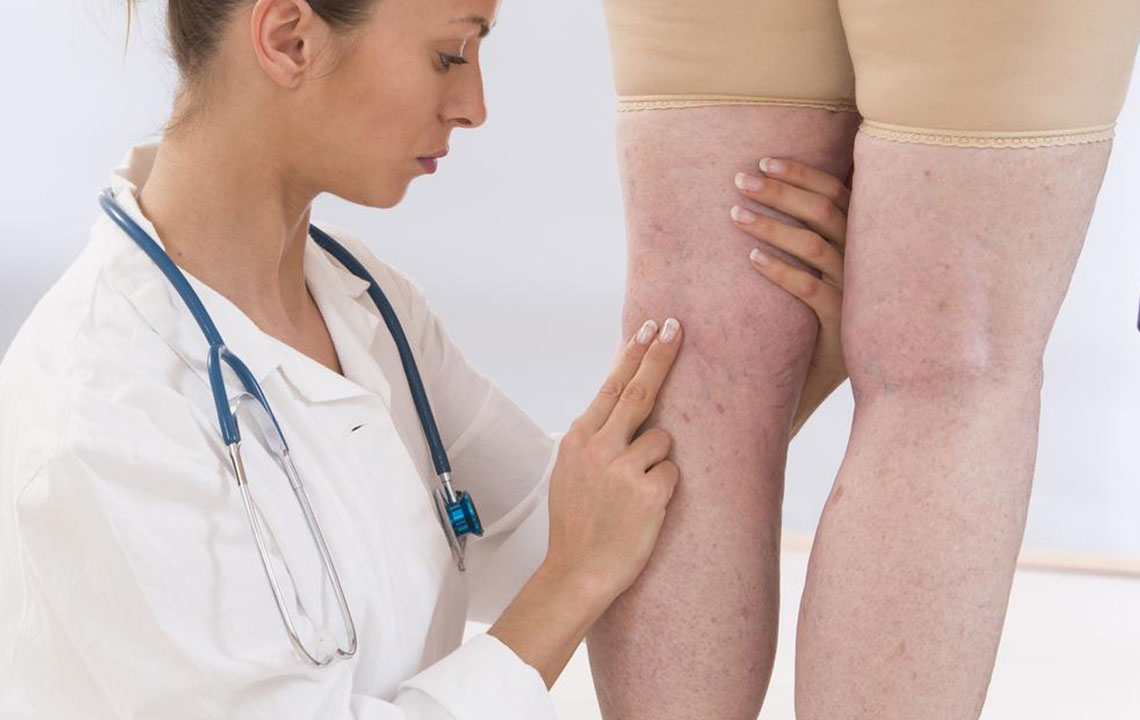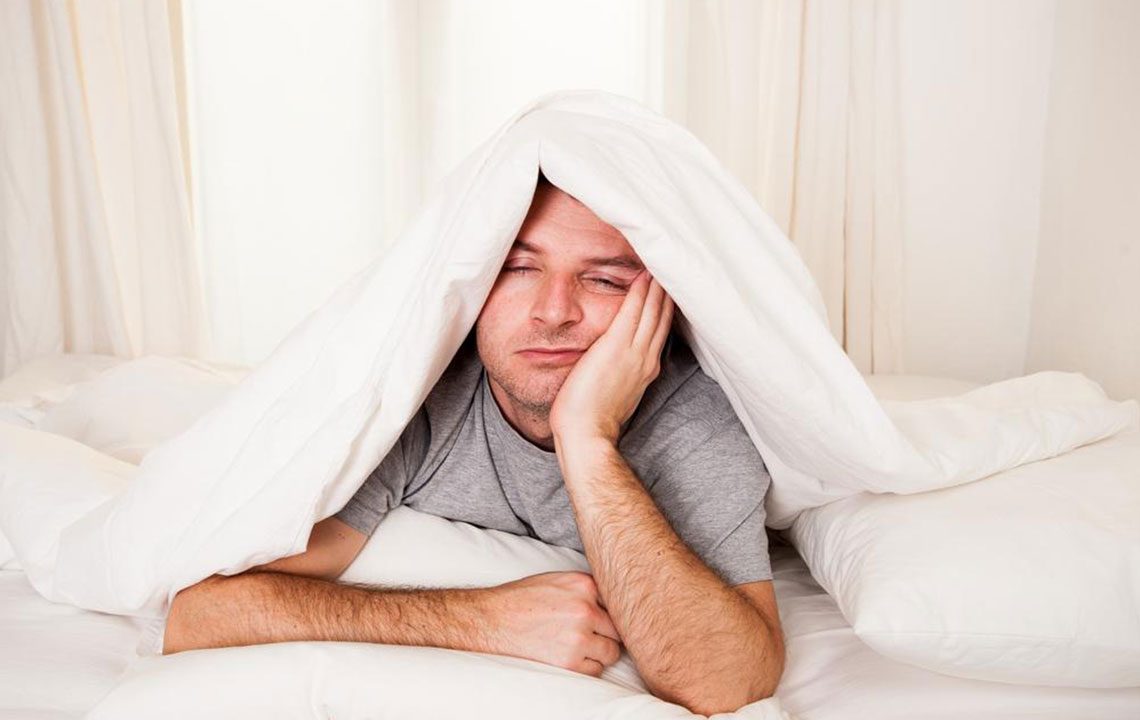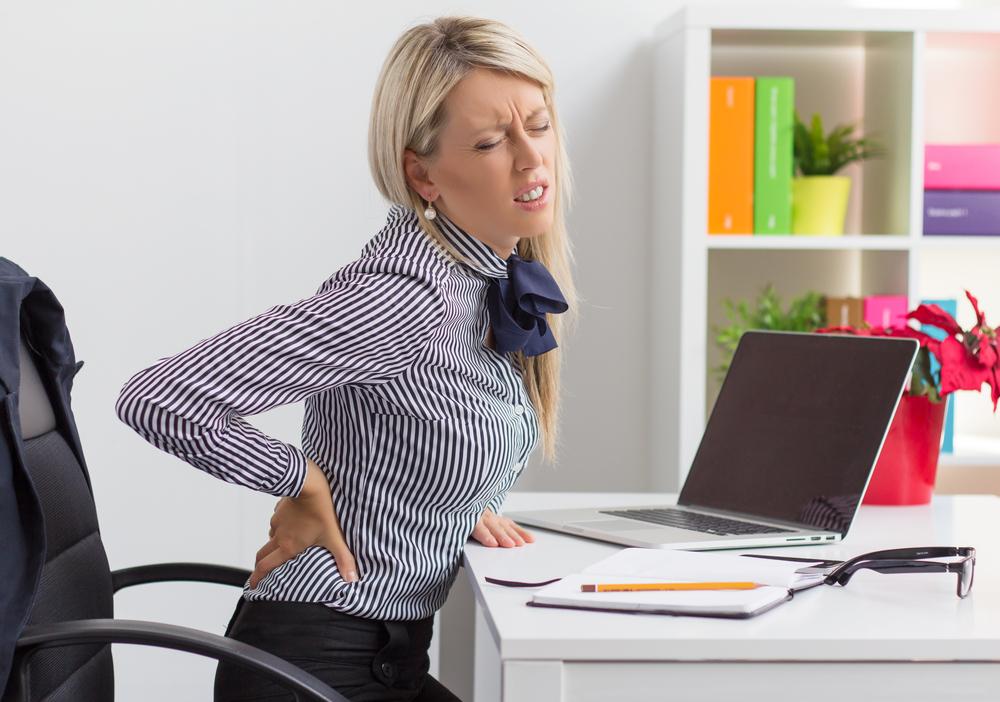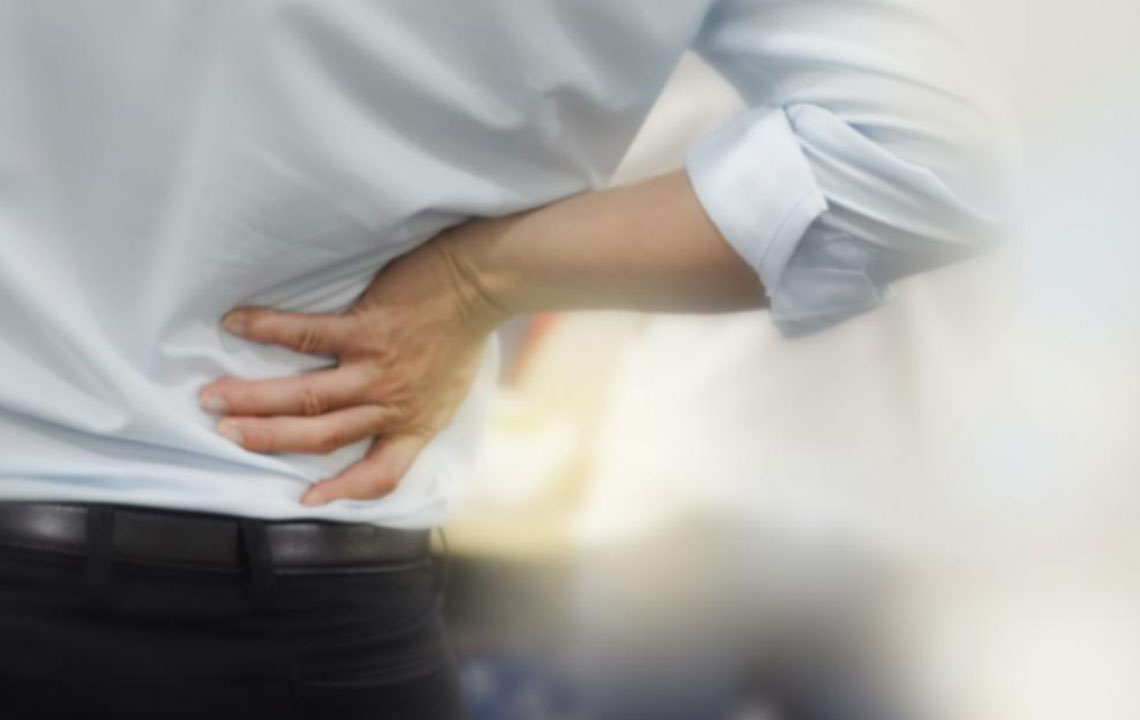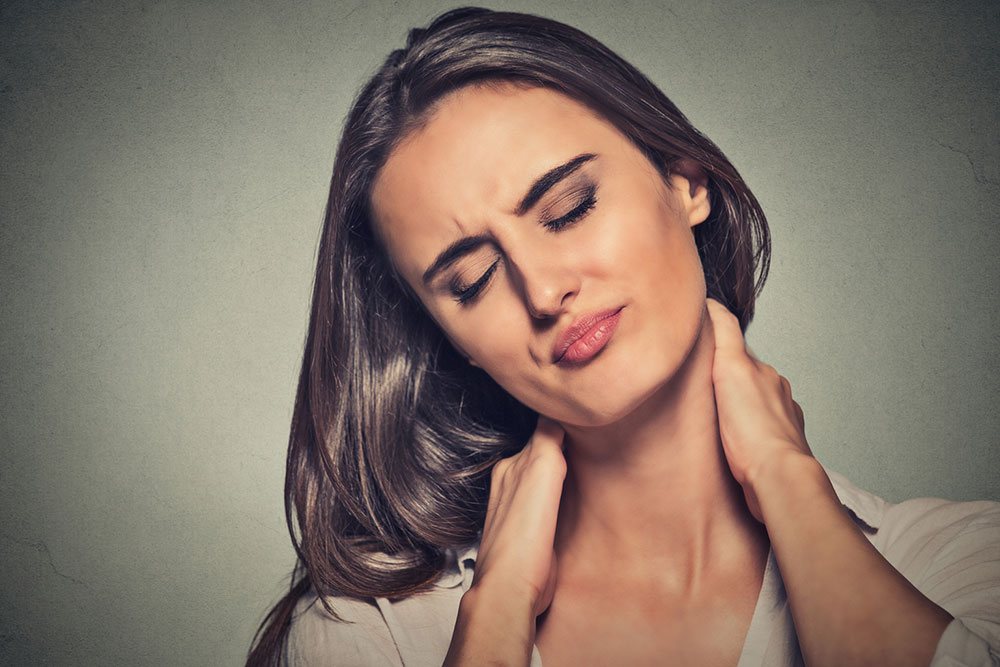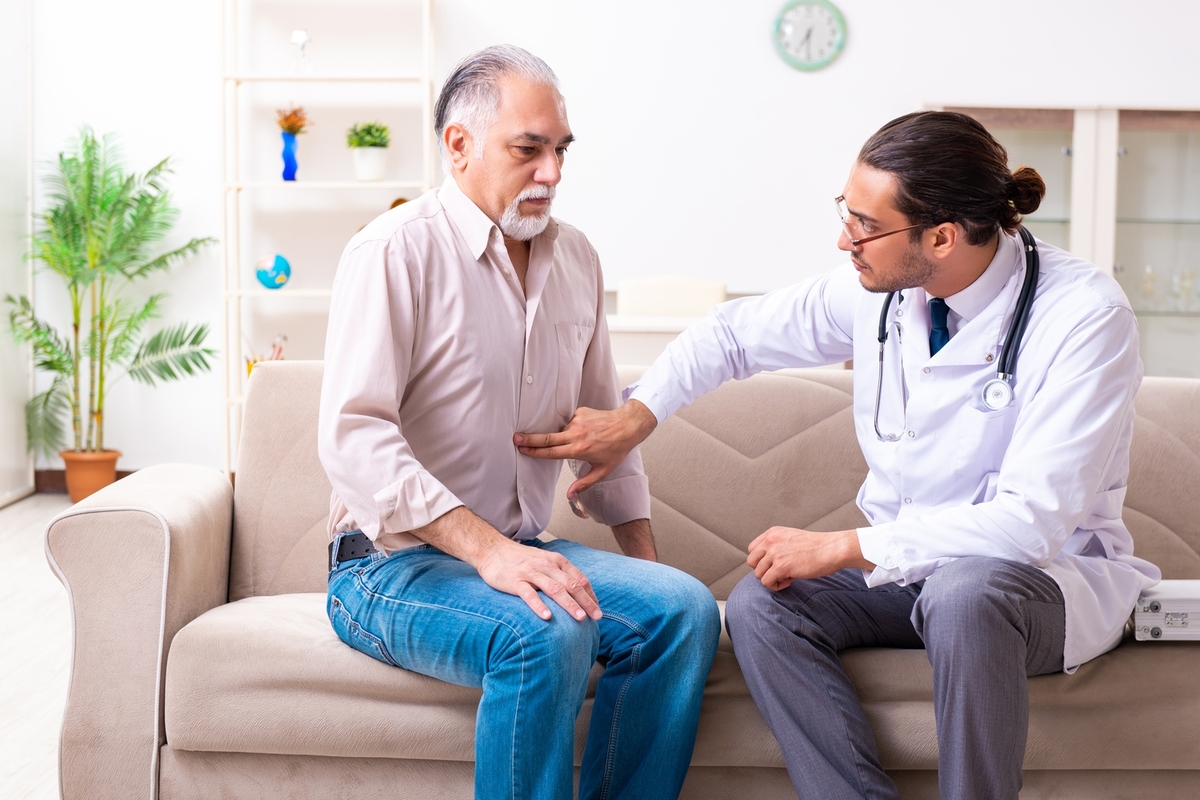Understanding Varicose Veins: Causes, Symptoms, and Treatments
This article explores the causes, symptoms, and effective treatments for varicose veins. It emphasizes the importance of lifestyle modifications and medical procedures in managing this common vascular condition, aiming to educate readers on preventive measures and available therapies to maintain healthy veins and avoid complications.

In recent years, vascular health issues have become more prevalent, with varicose veins being a common concern affecting millions annually. This condition manifests as twisted, swollen, and lumpy veins primarily in the legs and feet, although it can appear elsewhere. Veins carry oxygen-depleted blood back to the heart, working against gravity with the help of valves and muscle contractions. When these valves weaken or malfunction, blood pools, causing visible swelling and discomfort. Factors like genetics, pregnancy, sedentary lifestyles, obesity, smoking, age, and gender influence the risk of developing varicose veins.
Symptoms include swollen legs, heaviness, fatigue, itching, skin discoloration, and cramping. Treatment options range from compression stockings and regular exercise to laser procedures and advanced surgeries for severe cases. Maintaining an active lifestyle and managing underlying health issues can significantly reduce risks.

